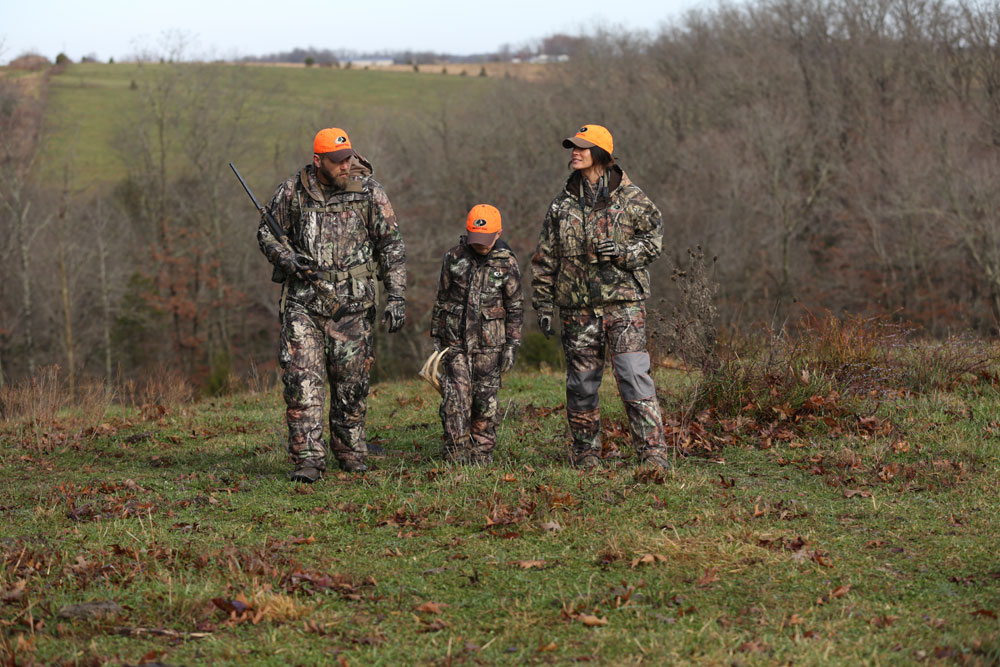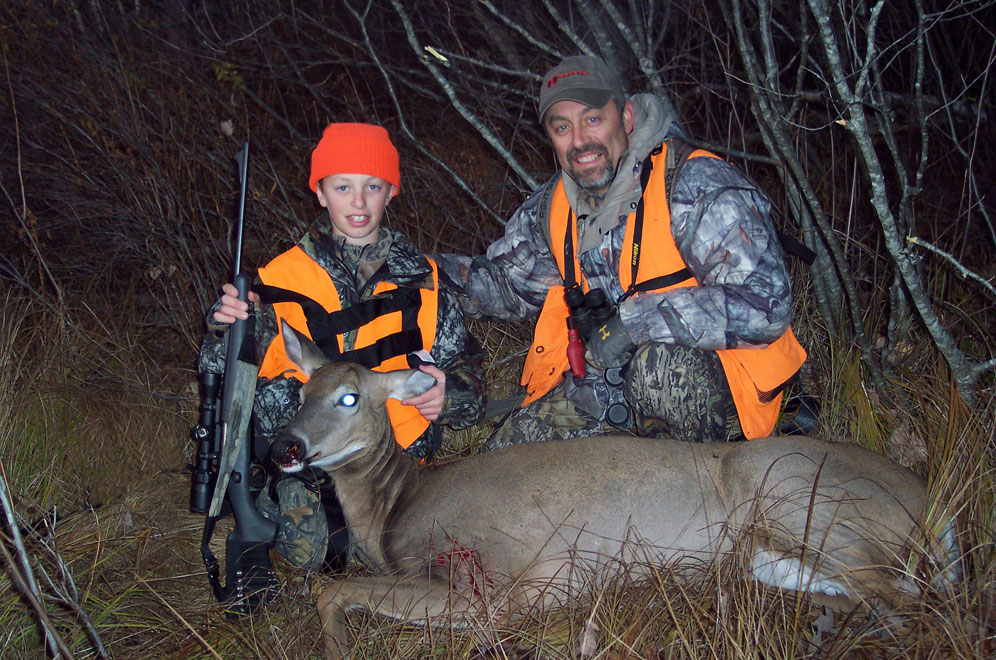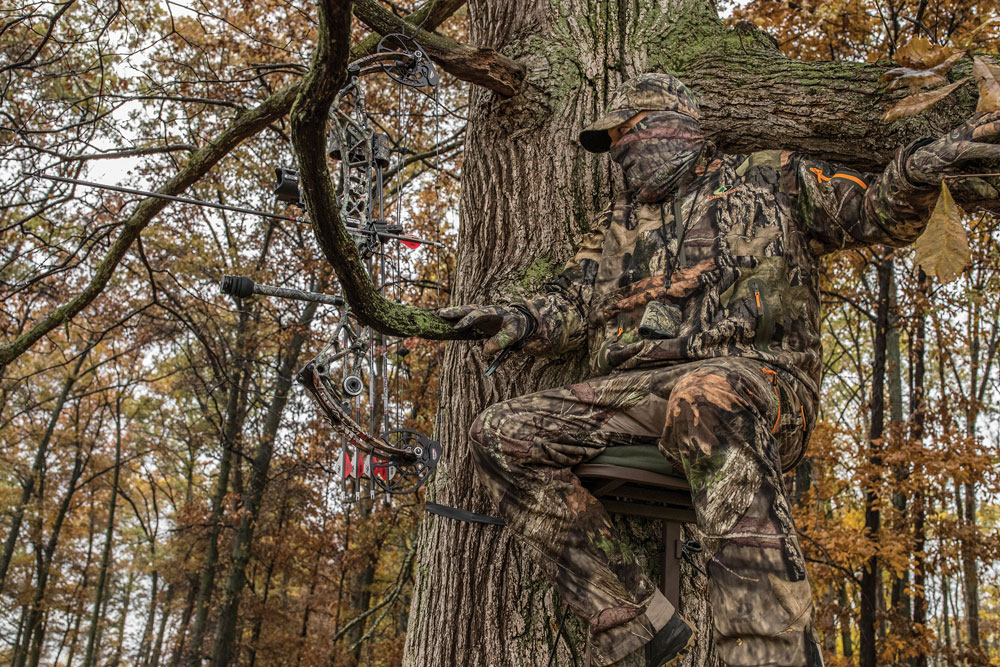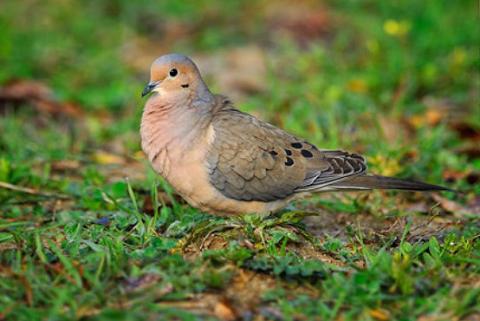
When it comes to starting a hunting tradition for yourself or your children, there is no better time than the present. Hunting is a long-held tradition in the United States that dates back to the earliest Native Americans and an integral part of maintaining forest and farm growth in the U.S.
Despite this, the number of Americans who hold a hunting license in the United States has steadily declined since the 1950s. This is detrimental for many state wildlife agencies that manage wildlife areas in the U.S., as they rely heavily on the money acquired through the sale of hunting licenses and excise taxes on guns, ammunition, and angling equipment to fund their work.
As the largest demographic of hunters begin to age out of the sport, wildlife and conservation agencies are encouraging younger generations to become involved in hunting. If you are a beginner hunter, the following guide can help you become familiar with the basics of hunting accessories and propriety for your very first deer hunting season.
Deer Hunting Season
For the majority of American hunters, whitetail season is the highlight of the calendar hunting year. Bagging a doe or—if you’re lucky—an antlered buck is a great way to provide fresh, organic meat for your household, cultivate your outdoorsman and marksmanship skills, spend time in nature, and take part in an American tradition.

Know Your Season
Before gearing up for your first hunting season as a beginning hunter, you’ll need to pick a season by deciding your method.
Many new hunters don’t realize that the beginning and length of their season will depend on whether they choose to hunt rifle, bow, or another alternative hunting method.
Typically, beginning hunters start with a rifle because it is the easiest method to learn and the most accessible, with firing ranges and affordably priced deer rifles being readily available. As you develop your hunting skills, you can always branch out to alternative methods.
In most states, deer season opens in the fall first for bowhunters, then for muzzleloader hunters, and then finally for rifle hunters with a state hunting license. It is important that, no matter which type of license you hold, you check your bag limit or the number of deer (both antlered and antlerless) that you are allowed to “bag” with your license.
Pre-Season Prep
With deer hunting, the season does not begin on opening day and, as a new hunter, you’ll need to prep pre-season for your first opener.
First, know your limitations. Make sure you are fully aware of the start and end dates for your season, as well as your bag limit.
Second, after choosing the right weapon and ammo for your hunting season, it’s important to spend some time in the pre-season practicing your shot. Start with a stationary target placed at 25 yards and work on placing shots that are hitting in the same area. As you become more accurate, move the target further away at 25-yard intervals until you hit 100 to 150 yards—a respectable distance for a first-time hunter.
After becoming familiar with your weapon, find a place to hunt. For landowners with an adequate amount of land, this is easy. If you’re lacking in the land department, head out to local public hunting land or try to make friends with some farmers in your area. Chances are, they’ll be more than willing to let you cull the number of deer roaming their fields.
Look for land that has both areas of heavily wooded forest and large, open fields. This will allow you to hunt from ground level in adequate cover into an open clearing where it is easier to spot and aim at any game that passes by.
Scope out any land that fits the bill early, so you have time pre-season to observe whether any natural deer paths run through the area and can situate your hunting spot.
Encourage deer to visit the area by strategically placing salt licks or deer food near your spot. However, keep in mind that some states levy a heavy fine on hunters if attractants are not removed at least ten days before opening day.
Deer Hunting Essentials

Without a doubt, the 21st century has given the modern-day hunter a considerable edge over their simple muzzleloader-toting forefathers, and some of the gadgets on the market are certainly worth a look.
However, when it comes down to it, deer hunting accessories are pretty bare bones, and beginning hunters only need a few essentials when heading out into the fields, including:
- A rifle (or another weapon of choice).
- One or two boxes of ammunition (depending on your aim).
- A blaze orange hunting cap or vest.
- Their permit.
- Appropriate camouflaged cold-weather gear, depending on the climate (hats, jackets, gloves).
- Scent control.
- Treestand or blind once you secure your spot.
If you plan to field dress your deer—in other words, if you plan to gut it in the field where you find it after it has fallen—you will need a few extra essentials, including elbow-length rubber gloves and a good hunting or skinning knife. Some states may also require hunters to carry a zip tie or pen for tagging their game.
Deer Hunting Manners to Keep in Mind
When it comes to deer hunting, there are also a few unwritten propriety rules that new hunters should be aware of before they bag their first deer.
First, always be respectful of the land you are hunting on, whether it is your own, a neighbor’s, or public game land, and never leave any trash or used shells behind.
Second, always put your safety and the safety of anyone in the area first. Never shoot above the horizon toward homes or populated areas, no matter how far away.
Finally, if you bag a deer, offer some of the meat that you get from your game to the person who allowed you to hunt their land.
The Takeaway
One of the most important tips for beginning hunters to keep in mind in their first season is not to allow themselves to get so caught up in the technicalities of hunting that they forget the primary objective hunting: to enjoy a challenging and exciting tradition that American hunters have kept alive for centuries.






























